Thanks to the rapid progress in tiny tech, we’ve been mainly using microfluidics to sort tiny particles by size. But now, there’s a new way to sort them by shape, which could be a big deal for medical tests and chemistry. This study shows off a new method using sound waves to separate oddly shaped particles from round ones, without needing any labels.
Tag: Microfluidics
Aerosol Jet Printing Revolutionizes Microfluidic Device Fabrication
SAW technologies, known for their high precision and rapid actuation, are essential to microfluidics and affect a broad spectrum of research areas.
Portable Tool to Diagnose and Monitor Sickle Cell Disease Receives U.S. Patent
A new tool will enable patients with sickle cell disease to reliably and conveniently monitor their disease in the same way patients with diabetes can monitor their disease using a glucometer. The goal of managing this inherited, lifelong blood disorder is to prevent acute, painful crises due to sickling and unsickling of red blood cells.
LumiraDx to Present on Impact of its Next-Generation Microfluidic Technology at American Association for Clinical Chemistry (AACC) Annual Conference in Chicago
LumiraDx, a next-generation point of care diagnostics company will be hosting an industry workshop at this week’s American Association for Clinical Chemistry (AACC) Annual Conference in Chicago. The workshop, held on July 27th, will include data-backed insights on the impact of LumiraDx’s advanced microfluidic technology over lateral flow point-of-care antigen tests, and the role of these rapid immunoassays in response to the COVID-19 pandemic.
Biomicrofluidics Announces Low-Cost, 3D-Printed Microfluidic Bioreactor as 2021 Best Paper Award Recipient
The journal Biomicrofluidics has selected Ikram Khan as the winner of its 2021 Best Paper award. The designation highlights significant contributions by emerging authors in microfluidics and nanofluidics and is determined by an expert panel of judges. In the winning paper, “A low-cost 3D printed microfluidic bioreactor and imaging chamber for live-organoid imaging,” the authors developed a system capable of supporting brain organoid growth while allowing long-term live imaging and drug delivery support. Organoids, or biological systems grown in vitro, act as important models for studying normal and diseased development.
New Solution for Stem Cell Manufacturing
Researchers have developed a unique 3D printed system for harvesting stem cells from bioreactors, offering the potential for high quality, wide-scale production of stem cells in Australia at a lower cost.
Researchers develop smartphone-powered microchip for at-home medical diagnostic testing
A University of Minnesota Twin Cities research team has developed a new microfluidic chip for diagnosing diseases that uses a minimal number of components and can be powered wirelessly by a smartphone. The innovation opens the door for faster and more affordable at-home medical testing.
NUS researchers develop world’s first smart bandage that detects multiple biomarkers for onsite chronic wound monitoring
A research team led by the National University of Singapore has developed a smart wearable sensor that can conduct real-time, point-of-care assessment of chronic wounds wirelessly via an app. A world’s first, the novel sensor technology can detect temperature, pH, bacteria type and inflammatory factors specific to chronic wounds within 15 minutes, hence enabling fast and accurate wound assessment.
Novel Assay Finds New Mechanism Underlying Red Blood Cell Aging
A multifaceted microfluidic in vitro assay is helping to identify the role of hypoxia on red blood cell aging via the biomechanical pathways. It holds promise for investigating hypoxic effects on the metastatic potential and relevant drug resistance of cancer cells.
Taking cues from nature, breakthrough ‘cellular fluidics’ technology could have sweeping impacts
Inspired by the way plants absorb and distribute water and nutrients, Lawrence Livermore National Laboratory researchers have developed a groundbreaking method for transporting liquids and gases using 3D-printed lattice design and capillary action phenomena.
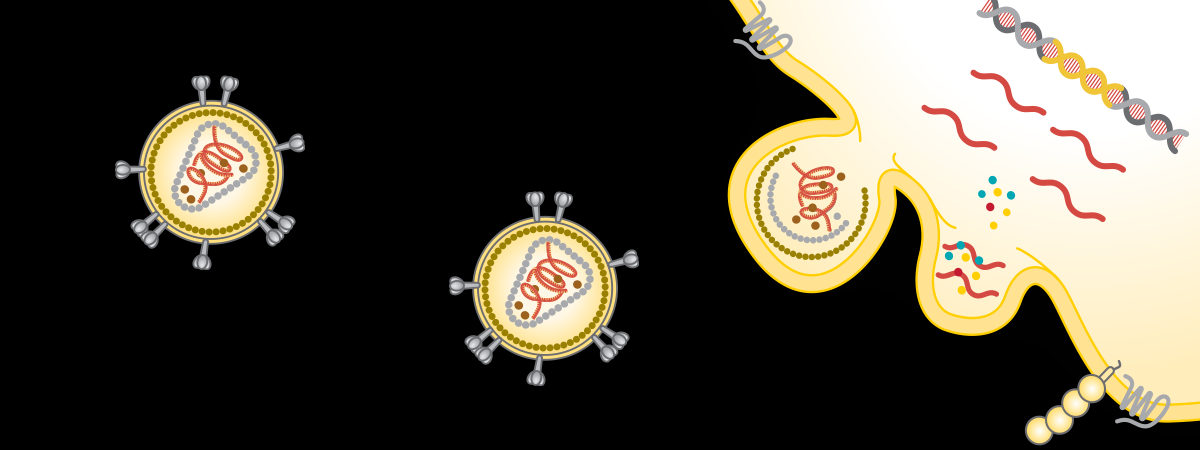
Microfluidics helps MTU engineers watch viral infection in real time
Watching a viral infection happen in real time is like a cross between a zombie horror film, paint drying, and a Bollywood epic on repeat. Over a 10-hour span, chemical engineers from Michigan Tech watched viral infections happen with precision inside a microfluidics device and can measure when the infection cycle gets interrupted by an antiviral compound.
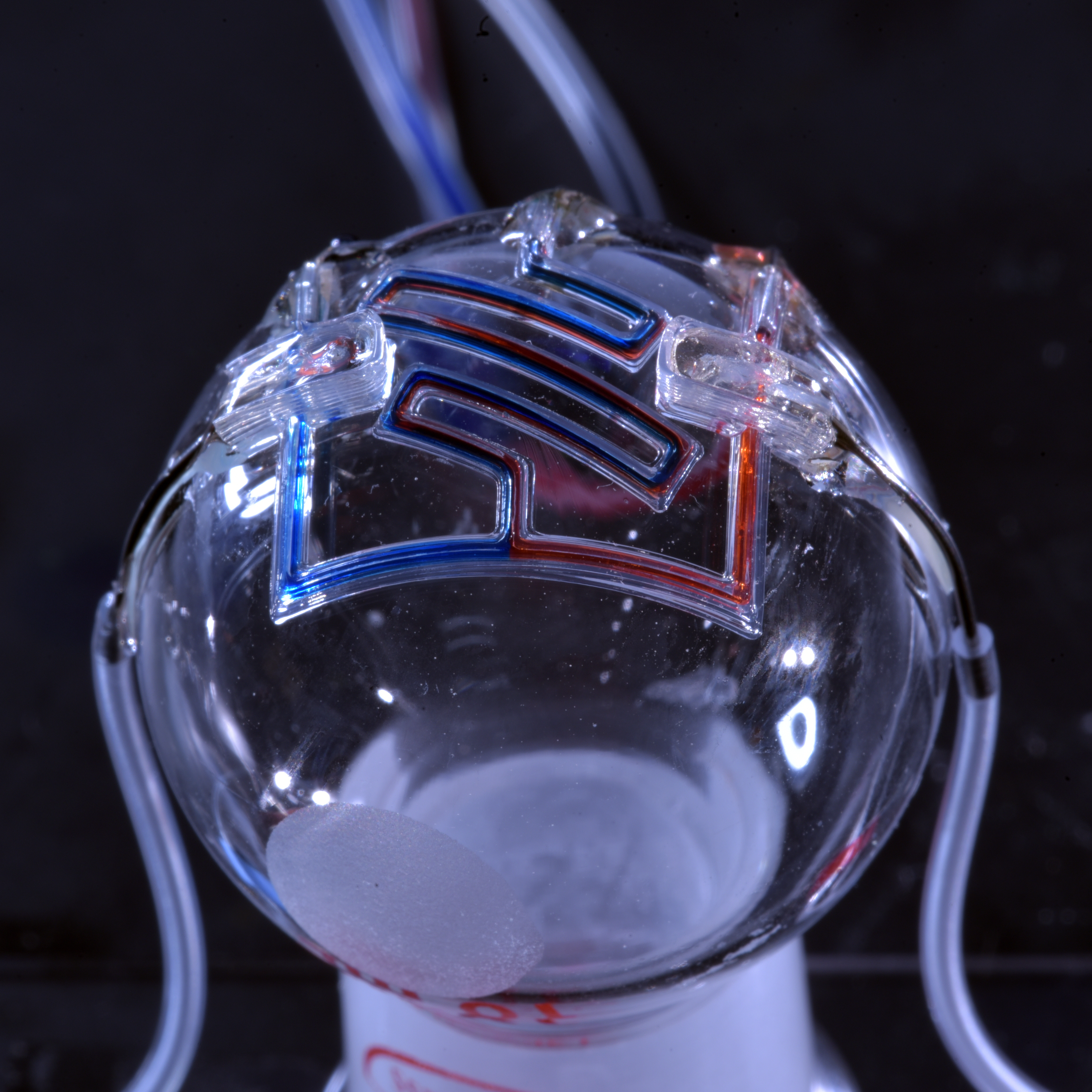
Researchers 3D print unique micro-scale fluid channels used for medical testing
In a groundbreaking new study, researchers at the University of Minnesota, in collaboration with the U.S. Army Combat Capabilities Development Command Soldier Center, have 3D printed unique fluid channels at the micron scale that could automate production of diagnostics, sensors and assays used for a variety of medical tests and other applications. The team is the first to 3D print these structures on a curved surface, providing the initial step for someday printing them directly on the skin for real-time sensing of bodily fluids.
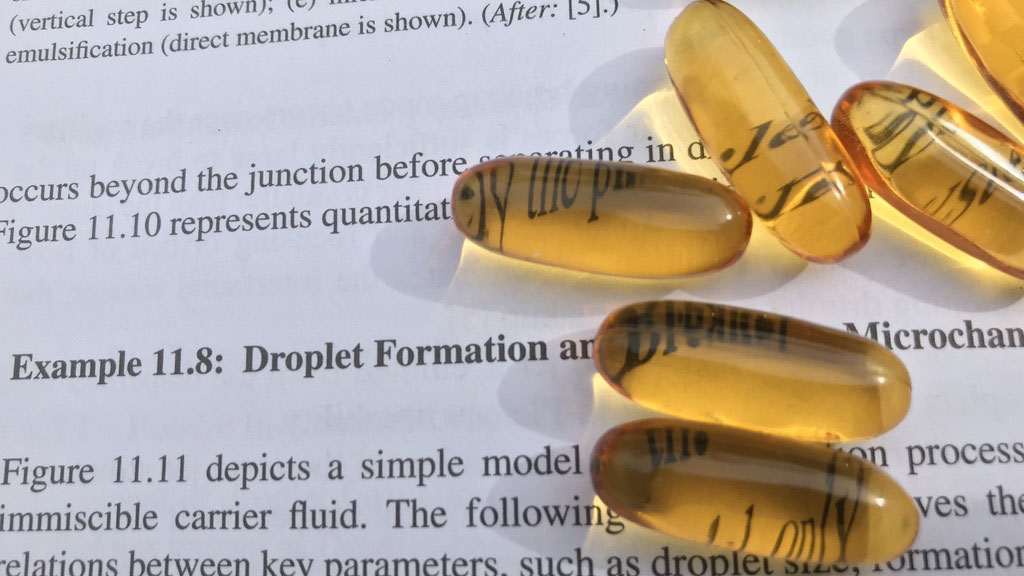
Promising New Method for Producing Tiny Liquid Capsules
Microcapsules for the storage and delivery of substances are tiny versions of the type of capsule used for fish oil or other liquid supplements. A new method for synthesizing microcapsules, reported in AIP Advances, creates microcapsules with a liquid core that are ideal for the storage and delivery of oil-based materials in skin care products. They also show promise in some applications as tiny bioreactors. In this new method, a surfactant-free microfluidics process is used.

Ultrasound-Assisted Molecule Delivery Looks to Preserve Blood for Years
Blood can typically be stored for only six weeks after donation, but a potential solution attempts to dry blood by using a sugar-based preservative. New work in ultrasound technology looks to provide a path to inserting these sugars into human red blood cells, allowing the molecule trehalose to enter the cells and prevent their degradation when dried for preservation. The researchers discuss their work in this week’s Biomicrofluidics.
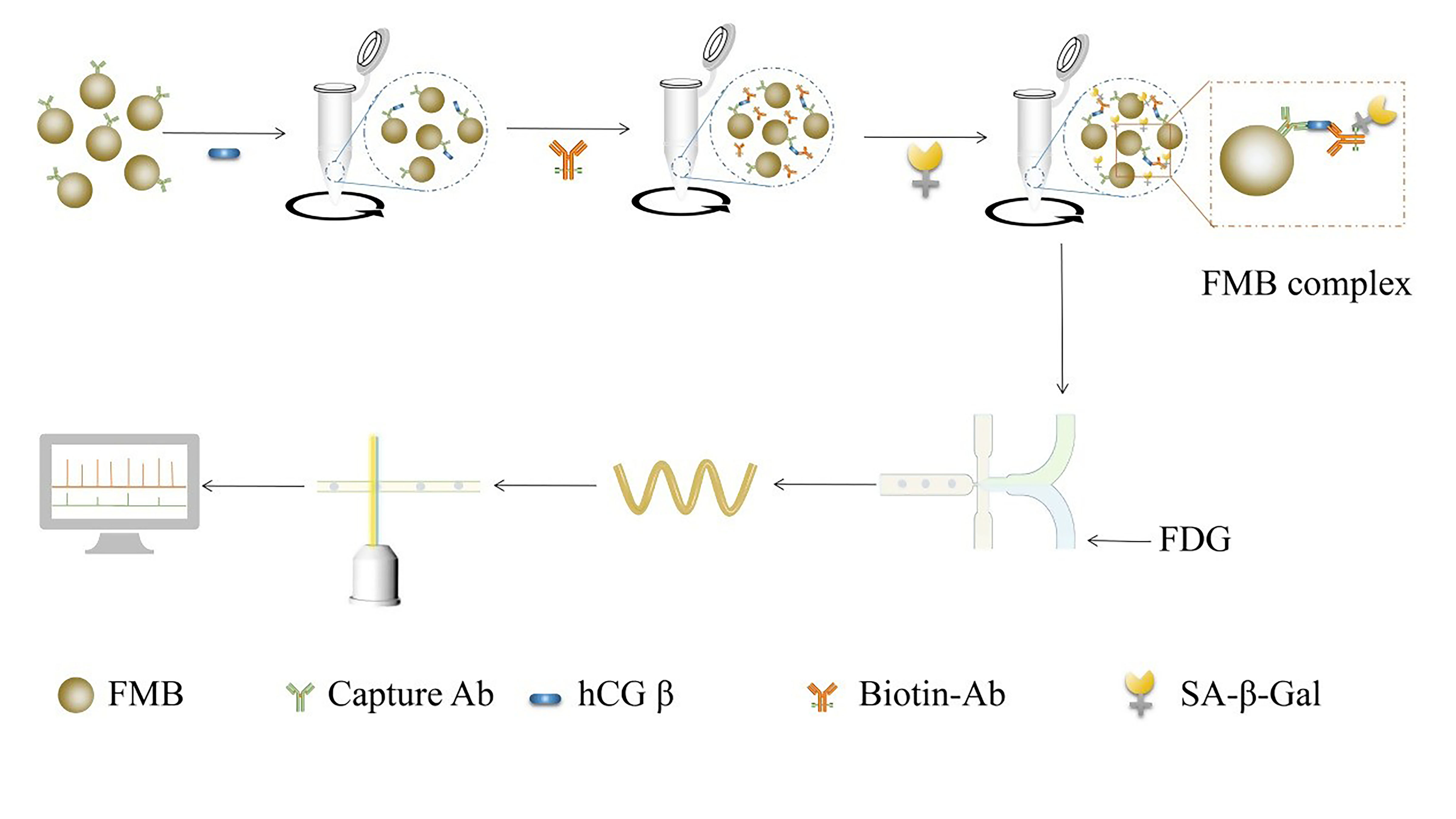
Evaluating Embryo Quality with Ultrasensitive Protein Detection
Infertility is estimated to affect 9% of reproductive-aged couples globally, and many couples turn to assisted reproductive technology. Selecting embryos with maximum development potential plays a pivotal role in obtaining the highest rate of success in ART treatment.
Researchers can evaluate the quality of an embryo by detecting the content of proteins secreted. In Biomicrofluidics, a method to detect trace proteins secreted by embryos using microfluidic droplets and multicolor fluorescence holds promise to select embryos for ART.
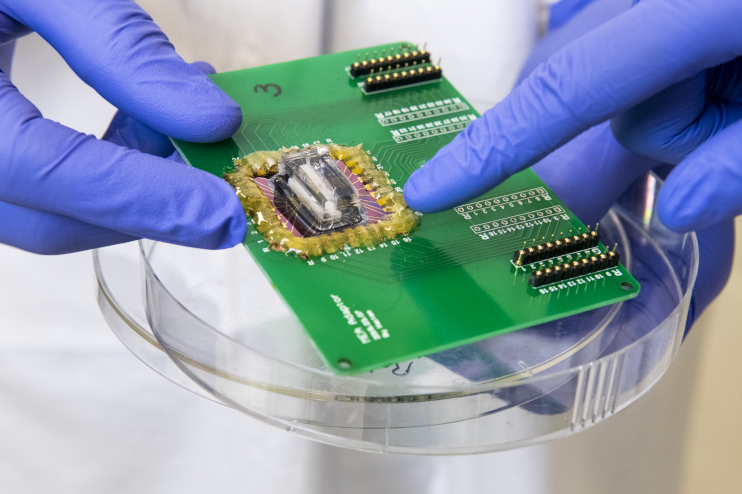
Heart attack on a chip: scientists model conditions of ischemia on a microfluidic device
Researchers invented a microfluidic chip containing cardiac cells that is capable of mimicking hypoxic and other conditions following a heart attack. The chip can be used to monitor electrophysiological and molecular response of the cells to heart attack conditions in real time.

LLNL researchers mimic blood-brain barrier on chip-based device
With a recent publication in the journal Annals of Biomedical Engineering (ABME), a team of LLNL researchers are one step closer to recapitulating the brain’s response to both biochemical and mechanical cues in a chip-based platform.